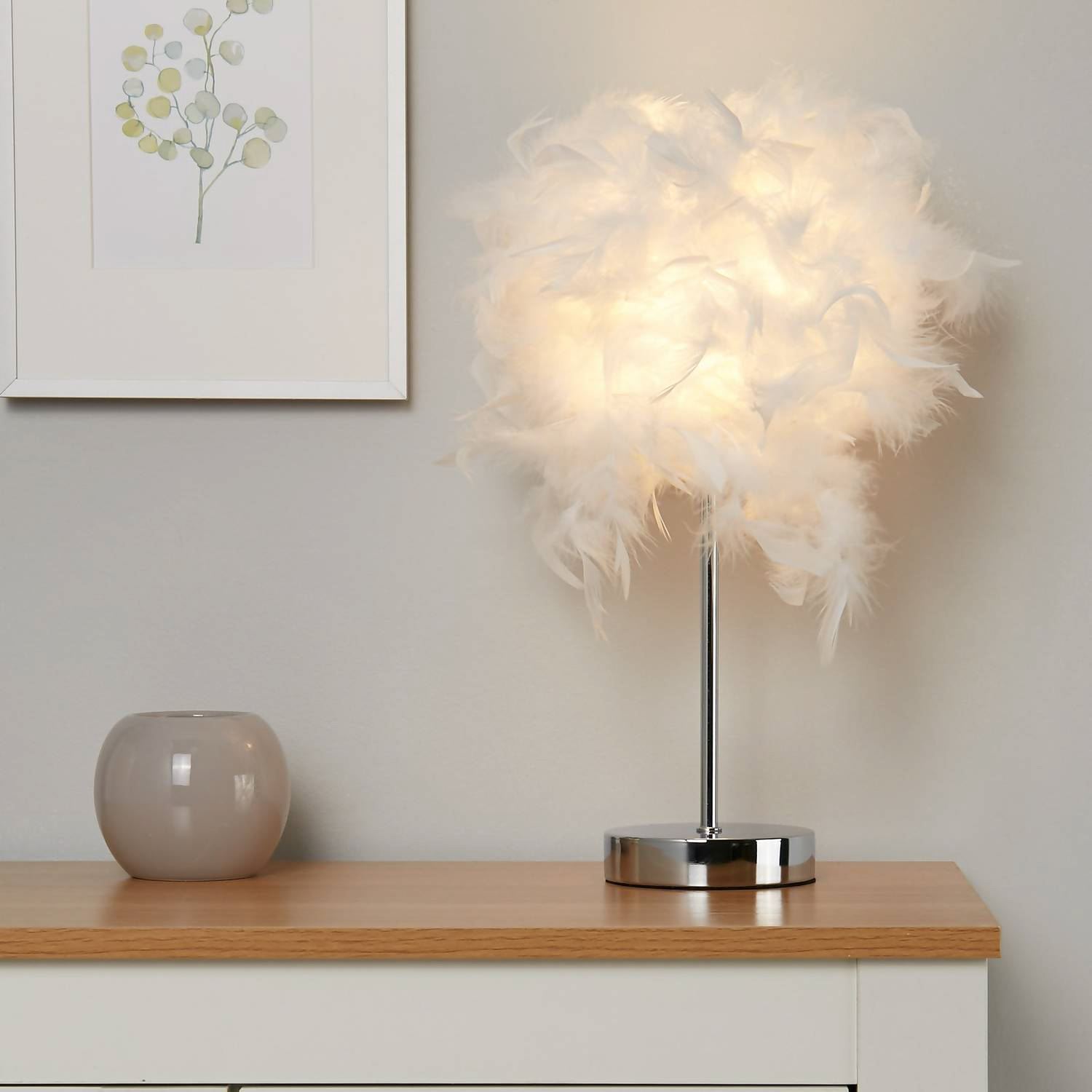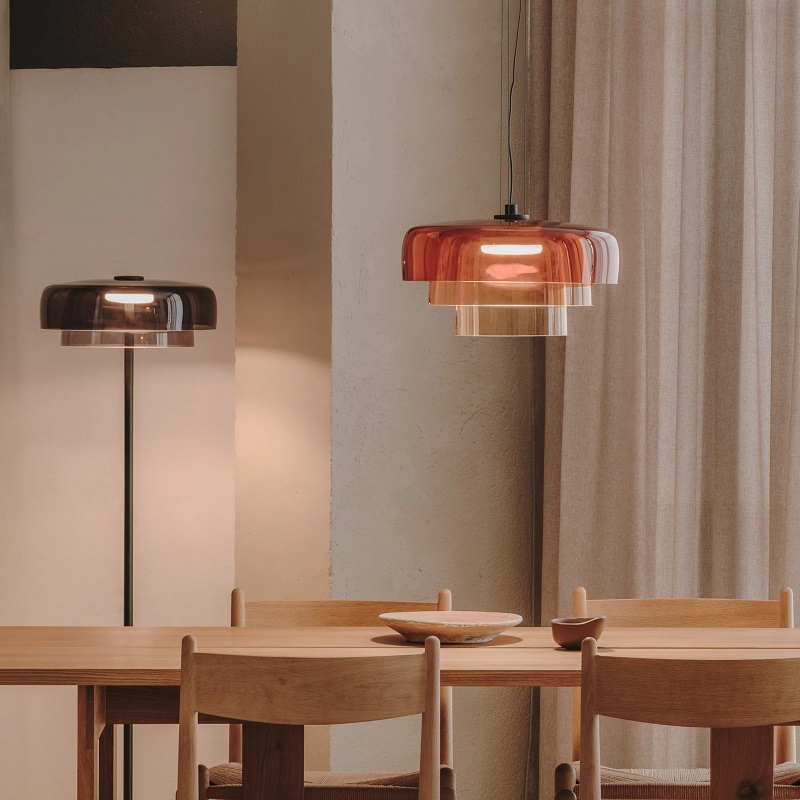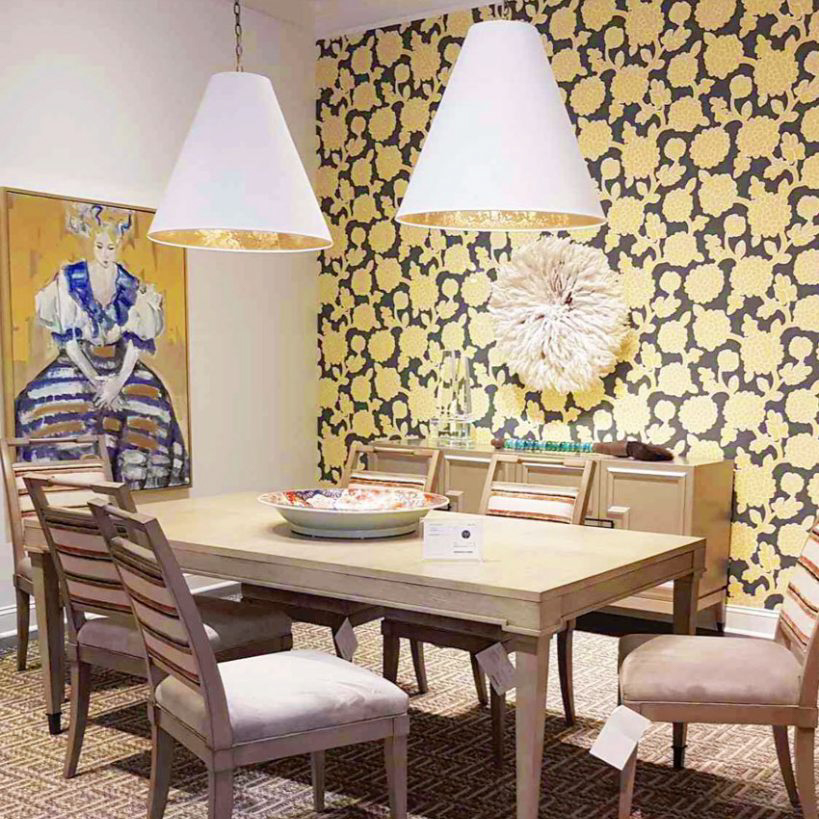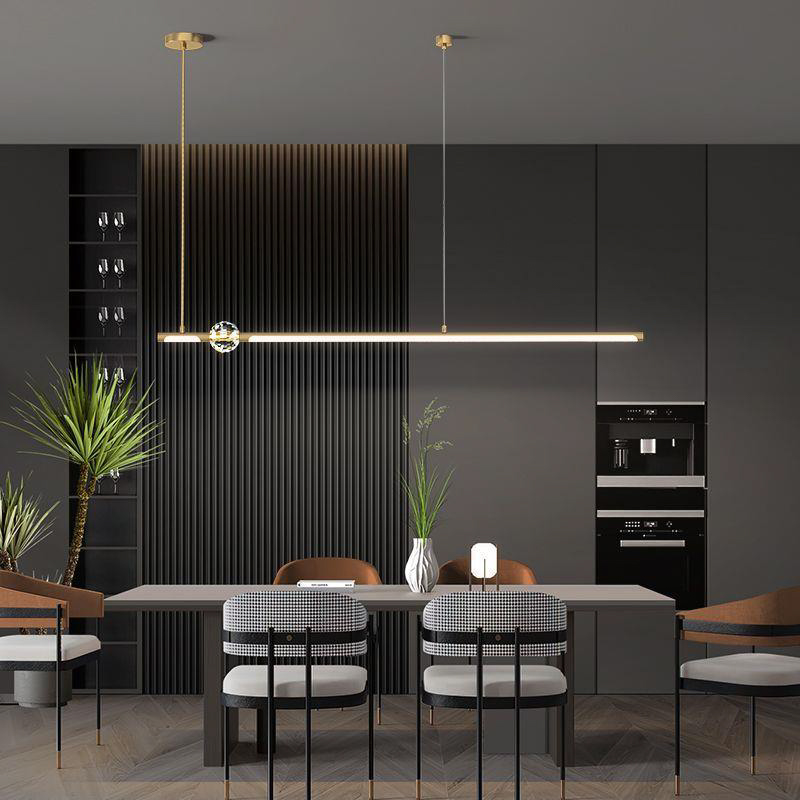Ceilings are often overlooked when it comes to interior design, but they are an essential component of any space. They not only provide a barrier between the interior and exterior of a building, but they also play a vital role in the overall aesthetic appeal of a room. In this comprehensive guide, we will explore the different types of ceilings and their functions.
Types of Ceilings
1. Suspended Ceilings
Suspended ceilings, also known as drop ceilings, are a popular option for commercial and residential buildings. They are made up of a grid system that supports ceiling tiles or panels. Suspended ceilings are easy to install, very affordable, and offer excellent soundproofing and insulation. They can also provide easy access to pipes, ductwork, and electrical systems, making maintenance and repairs easier.
2. Cathedral Ceilings
Cathedral ceilings are a beautiful option for homes and churches. They are also known as vaulted ceilings, and they create an open and spacious feel in any room. These ceilings can make a room look taller and more grand, and they are often used to create an elegant and luxurious atmosphere.
3. Coffered Ceilings
Coffered ceilings are a type of decorative ceiling that has recessed panels or grids, often with intricate designs. These ceilings have been around for centuries, and they were popular during the Renaissance and Baroque periods. Coffered ceilings are still used today in high-end homes and commercial spaces, and they provide a touch of luxury and sophistication.
Ceiling Materials
1. Plaster
Plaster is one of the oldest building materials used for ceilings. It is a mix of cement, sand, and water that is applied in layers to create a smooth surface. Plaster ceilings are highly durable and can last for decades with proper maintenance. They are also very versatile, and they can be painted, molded, or sculpted to create unique designs.
2. Wood
Wooden ceilings are a popular choice for rustic and traditional homes. Wood adds warmth and texture to a room, and it can be stained or painted to match any décor. However, wooden ceilings can be expensive, and they require regular maintenance to prevent warping, cracking, and rotting.
3. Metal
Metal ceilings are a modern and industrial option that is becoming increasingly popular. They are made from aluminum, steel, or copper, and they offer a sleek and contemporary look. Metal ceilings are highly durable and resistant to fire, water, and insects. However, they can be noisy, and they are not suitable for every décor style.
Ceiling Accessories
1. Crown Molding
Crown molding is a decorative trim that is installed where the ceiling meets the walls. It adds a touch of elegance and sophistication to any room and can be made from wood, plaster, or polyurethane. Crown molding can also hide imperfections in the ceiling and wall joints.
2. Ceiling Medallions
Ceiling medallions are ornamental plaques that are installed in the center of a ceiling. They were popular during the Victorian era and are still used today in traditional and vintage décor styles. Ceiling medallions are made from plaster, wood, or resin, and they add a unique focal point to any room.
3. Lighting Fixtures
Lighting fixtures are essential for ceilings, not only for functional purposes but also to add a decorative touch. There are many styles of lighting fixtures available, from chandeliers and pendant lights to recessed lighting and track lighting. The right lighting fixture can enhance the ambiance of a room and highlight the features of the ceiling.
Ceilings are an important factor in interior design, and choosing the right type, material, and accessories can transform a room. With so many options available, it’s essential to consider the function, style, and budget. This comprehensive guide has provided an overview of the different types of ceilings and their functions, as well as the materials and accessories available. Remember, the ceiling is the fifth wall of a room, and it deserves careful consideration in any interior design project.




